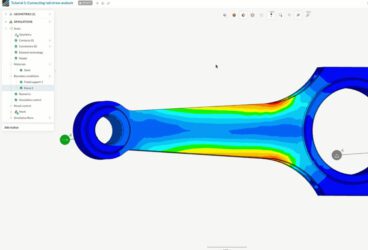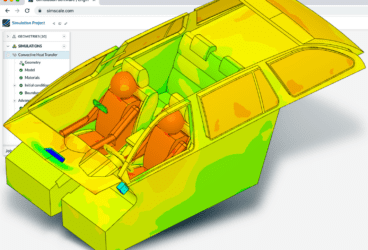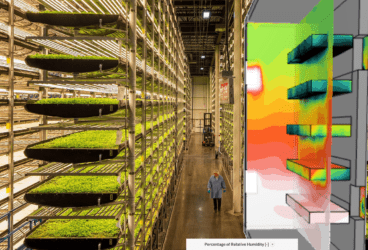Using computer-aided design is a must for any product designer, but the acquisition of the best CAD software for a company also includes financial and technical managers. In this article, I’ll try to identify the most common criteria for buying a CAD solution, based on three main points of view.
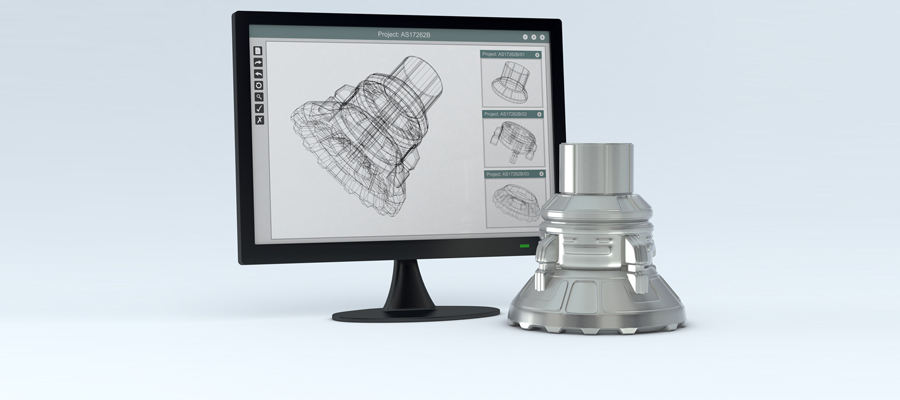
Driven by industrial modernization and production automation processes, CAD software has become indispensable for design, including continuous development and diversification. The first stage of this evolution was the shift from 2D to 3D. Designers needed more than the basic tools that were available for making sketches and drawings. To meet this need, CAD solutions were created and with time became more specialized and more complicated as a result.
There is currently an abundance on the market, but which is the best CAD software? A large number of vendors have developed products to meet the demands of both the horizontal and vertical industries. Dedicated CAD packages for mechanical design, civil and industrial buildings, architecture, infrastructure, and GIS were developed.
How to Choose the Best CAD Software?
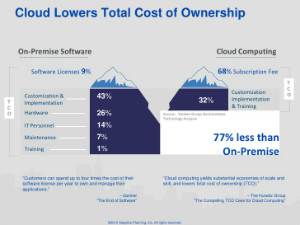
Facing such a large range of offers, what do we need to choose the best computer-aided design software? For SMEs and startups, the decision process is easier, because the basic needs are very clear: the most cost-efficient, fastest and best technical solution.
In a bigger organization, there are many decision levels and perspectives to be considered when choosing the best CAD software: financial, technology and infrastructure, and CAD users’ perspectives. Each of these three components is important in the decision-making process.
Let’s examine the main criteria:
Financial Criteria
Here the main player is the CFO, who will focus on the most efficient investment. The main financial factors any decision process should include are:
- The cost of the CAD software (license/subscription)
- Associated costs of user training, maintenance, and other service packages
- Elementary TCO evaluation: supplementary investments in hardware, hiring specialized engineers, internal IT maintenance or eventual upgrade costs
When talking about financial aspects, the best CAD software seems to be a cloud-based tool, known for cost efficiency. One example is Onshape, which is provided as a pay-as-you-use alternative, no license or upgrade fees, no additional or hidden costs, a more flexible financial plan, and a relaxed CapEx balance.
Technical and Operational Criteria
From a CIO/CTO perspective, the most important aspect is the CAD software’s integration into the company’s existing system, as well as the hardware and software resources necessary for proper running. What are the criteria specific to a CIO?
- The number of workstations needed for running the CAD software
- Single or networking licensing versions – special server configuration
- Remote software access – virtual applications and virtual machines in the data centers
- Licensing mode – perpetual or rental licenses, or Software-as-a-Services (SaaS) subscription?
Practice shows that for the large majority of situations, the most convenient alternative is a SaaS subscription, which offers the following advantages:
- No additional resources needed
- No extra time for installing, configuration and upgrades
- Simplified and flexible management process
- Data security compliant with company policies and industry standards
- Deep integration with CAE, CAM, and PLM applications
Sign up and check out our SimScale blog for much more!
What Are the Alternatives for End Users?
But what about the user’s perspective? Whether we’re talking about a product designer, an industrial design specialist, or a design services consultant, CAD designers are not interested in what form of licensing the solution has, unless they have to fight with incompatibility problems, documents transfer, or recognition.
Before making their choice, the users should ask themselves a series of questions: Am I able to generate this type of project without this CAD solution? Do I understand all the required input data? Do I have enough experience to understand the final output of my design?
Any CAD software can help to automate the design process with predefined criteria and rules to regulate output, but you need to fully understand those rules before you begin.
Industry studies have shown that application platforms that integrate specialized software are more popular than standalone software. The latter is recommended only in particular situations with very specific design requirements, for certain design structures, or to facilitate a particular design stage.
CAD tools developed in the cloud are usually preferred for the following reasons:
- The user has access to a user-friendly interface and only needs a web browser.
- The solution is easy to learn; it is intuitive and normally includes online tutorials and training resources.
- The product designer has permanent access to the most current version without updates or upgrade requirements.
- Online subscription offers the most effective ways of communication and collaboration with co-workers or partners who are developing other components.
- The solution can easily retrieve any format of document design or extension.
Moreover, depending on the project’s requirements, the designer can request services for simulation and product optimization. Many on-premises software vendors offer both CAD and CAE software, but in most cases the simulation features are limited.
With the Onshape and SimScale Connector App, any user now has the opportunity to have a complete design workflow―CAD design, meshing, simulation, and results―right in the web browser. The SimScale cloud-based 3D simulation platform is accessible to a large number of designers, all of whom now have the opportunity to quickly optimize their product designs in a virtual environment instead of using a costly physical prototyping process.
Watch this video to see how the Onshape and SimScale cloud-based platforms can be used for product design:


